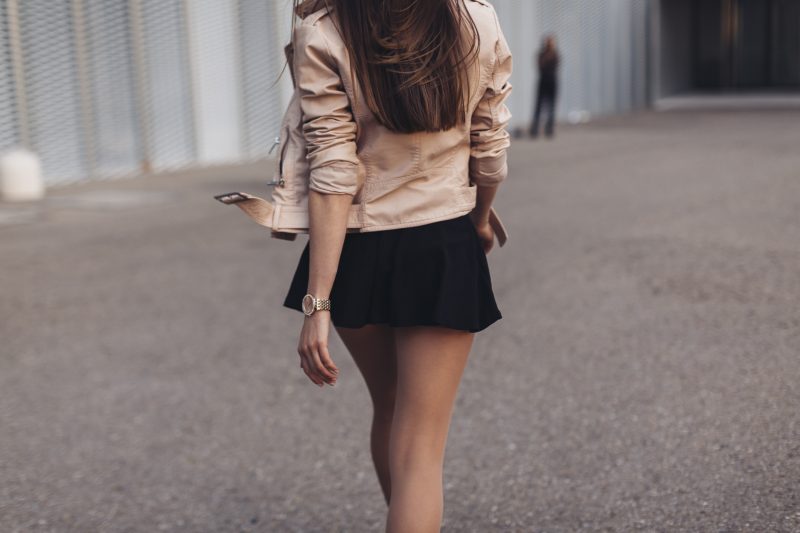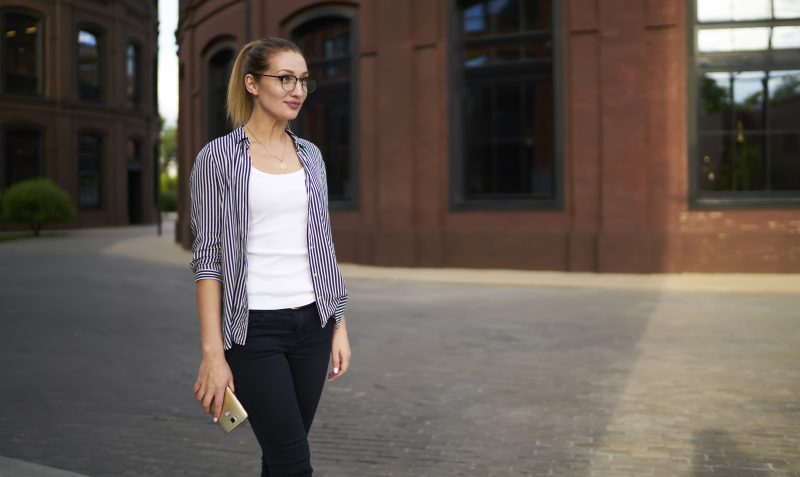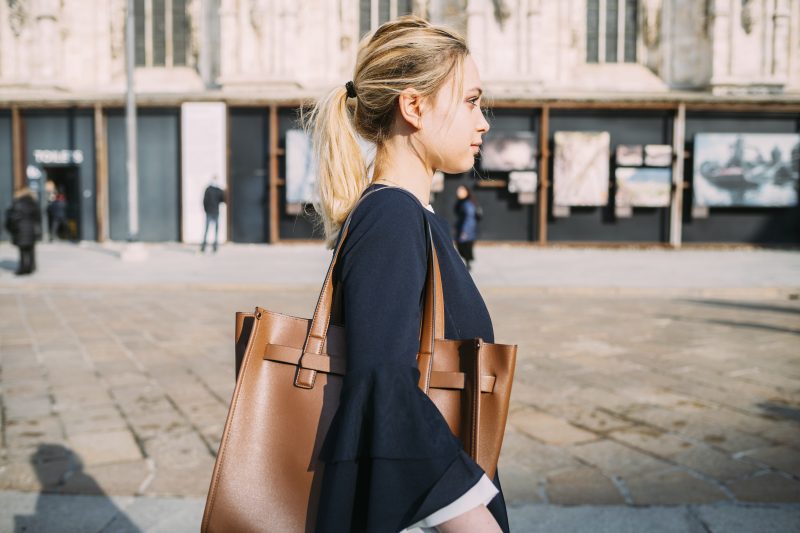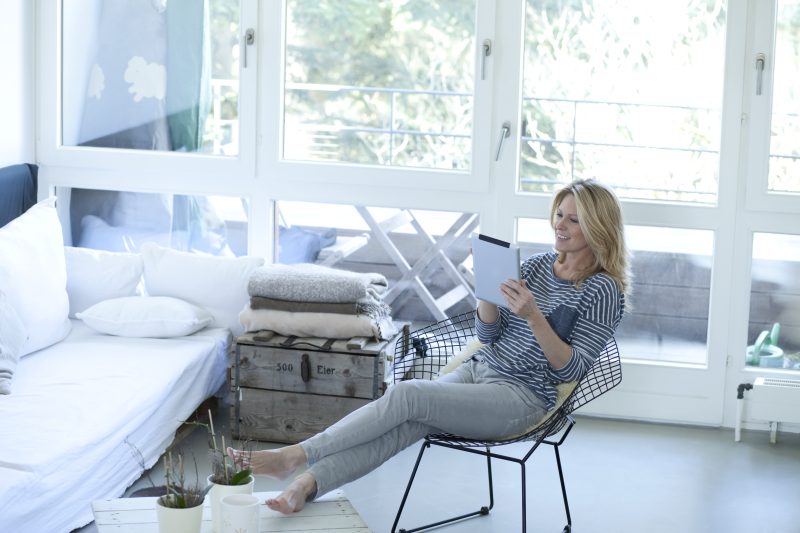I still remember where I was the first time I witnessed the “Love Island Effect” in real-time. Tuesday night, 9:47 PM, sitting on my sofa with a glass of mediocre Merlot that was on offer at Tesco, phone in hand as I simultaneously watched the show and scrolled through ASOS. One of the girls had just waltzed into the villa wearing this absolutely gorgeous crochet beach cover-up in a sunset orange that somehow looked good despite the fact that orange generally makes most people look like they’ve got a vitamin overdose.
My thumb froze mid-scroll. Wait a minute. There it was—the exact same piece, £32.99, three sizes left. I hesitated (did I really need another beach cover-up when my holiday plans extended about as far as maybe, possibly, hopefully getting to Brighton for a weekend in August?). Two minutes later, as the same contestant was now having a dramatic confrontation by the fire pit, I clicked back to check if they had my size. Gone. All of it. Every single one.
“You’ve got to be joking,” I muttered, wine sloshing dangerously close to my laptop. My flatmate Jen looked up from her own phone where—as it turned out—she’d just panic-bought the exact same item in the last remaining XS. “Love Island,” she shrugged, as if that explained everything. And honestly? It did.
For those of you who’ve somehow managed to avoid the cultural phenomenon that is Love Island (how? teach me your ways), it’s essentially beautiful twenty-somethings in a villa in Mallorca, coupling up, breaking up, and wearing increasingly tiny pieces of fabric that somehow cost more than my monthly utilities.
What started as just another reality show has morphed into arguably the most powerful fashion influencer in Britain—a heat-seeking missile aimed directly at the wallets of anyone with an Instagram account and FOMO.
The stats are honestly staggering. According to retail analysts I’ve spoken to, featured items can sell out within 20 minutes of appearing on screen. Not hours—minutes. I’ve watched the real-time search spikes on fashion apps during the show, and it’s like watching a heart monitor during a cardiac event. One retail director told me (off the record, over slightly too many espresso martinis at a press event) that they now have staff dedicated to watching the show live, ready to push featured products to the front page of their website before the episode has even finished. Mad, right?
Last summer, I conducted a little experiment. For two weeks, I tracked every identifiable fashion piece worn on the show and monitored how quickly they sold out. The results? 73% of items were completely gone within 24 hours. The quickest? A particular turquoise bikini with gold hardware that vanished from three different retailers in under seven minutes. SEVEN MINUTES! I’ve spent longer deciding what to have for breakfast.
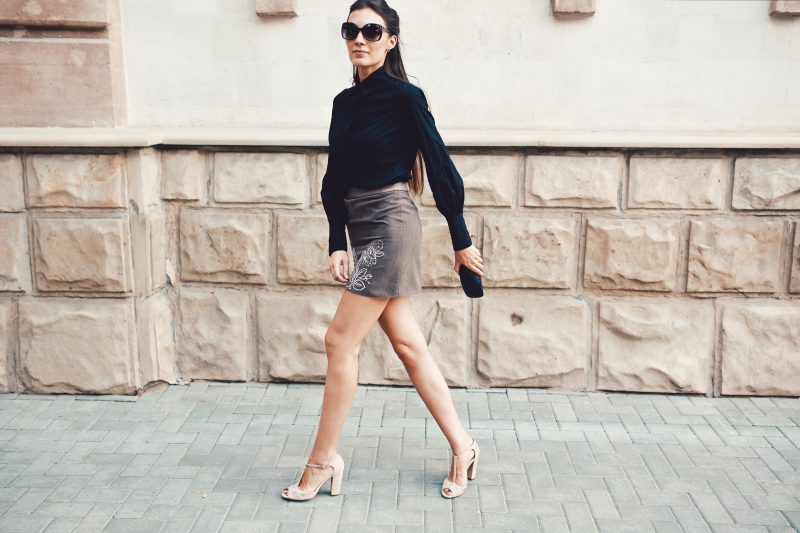
The phenomenon has changed how our high street operates. I was chatting with a buyer from one of the major retailers (I won’t name names, but their shop fronts are reliably on every high street in Britain) who admitted they now specifically design pieces with Love Island in mind. “We call them ‘villa ready’ in meetings,” she told me over coffee. “Something that looks good on camera, translates to Instagram, and hits a price point under £50.” They even time product drops to coincide with the show’s schedule.
The irony isn’t lost on me that a show where contestants spend most of their time wearing swimwear has become a fashion powerhouse, but there we are. And before you ask—yes, I’ve absolutely fallen victim to it myself. That’s not even including the aforementioned crochet incident. There was the strappy sandal debacle of 2022 (sold out while I was literally entering my card details), the cut-out dress I panic-bought at 10:12 PM that made me look like I’d been attacked by creative scissors, and most shamefully, a bucket hat I absolutely did not need but became convinced was the answer to all my summer fashion problems after seeing it on screen for approximately 12 seconds.
So how does one actually manage to snag these items before they disappear into the ether? After years of both professional research and personal failures, I’ve developed something of a strategy.
First—and I can’t believe I’m revealing this trade secret—you need to start searching before the episode even finishes. Most of the girls’ outfits for the evening bits are from the same rotating cast of brands: I’m talking PrettyLittleThing, ASOS, Oh Polly, Mistress Rocks, and a handful of others. As soon as you spot something, don’t wait. Search by color and item type rather than trying to find the exact name (which can be a nightmare of randomly assigned product codes like “Summer Vibe Azure Feeling Bodycon”).
Second, follow the contestants’ Instagram accounts even before they enter the villa. Their management teams often post “get the look” links while the episode is airing. Yes, it’s calculated. Yes, I still click.
Third—and this is for the truly dedicated—join the Love Island fashion hunters Facebook groups. I’m not even joking. There are thousands of people, mostly women, who can identify a bikini bottom from three pixels of screen time. It’s genuinely impressive, slightly terrifying detective work. I once watched someone correctly identify a pair of earrings that had approximately 1.5 seconds of airtime from behind. Sometimes I think MI5 is missing out on some serious talent.
The brands themselves have gotten savvy to this whole business, of course. Many now pay substantial amounts to have their pieces featured, working directly with the show’s stylists. One PR friend confessed over dinner that her client paid “well into five figures” to have their dresses worn during a particularly dramatic recoupling episode. The investment paid off—they sold out within the hour and had to rush-order three additional production runs.
What’s particularly fascinating to me is how the effect has evolved beyond just copying exact items. There’s now what fashion analysts call the “inspired by” bubble—pieces that aren’t identical to what was worn on the show but capture the same vibe. You’ll see websites with entire sections labeled “Villa Style” or “Island Vibes” without ever mentioning the show by name (those licensing agreements are expensive, darling).
But here’s what keeps me up at night as a fashion editor: Is this actually good for how we consume fashion? I’m conflicted. On one hand, it’s democratizing style inspiration. Love Island contestants come from much more diverse backgrounds than the typical fashion influencer crowd. They’re not all from London, they’re not all size 8, they’re not all trust fund babies who’ve been to fashion school (or… at least not all of them).
On the other hand, it’s fast fashion cranked up to eleven. The environmental impact of producing items designed to be relevant for essentially one evening is… well, not great, is it? And I say this as someone who has absolutely contributed to the problem with my own panic purchases.
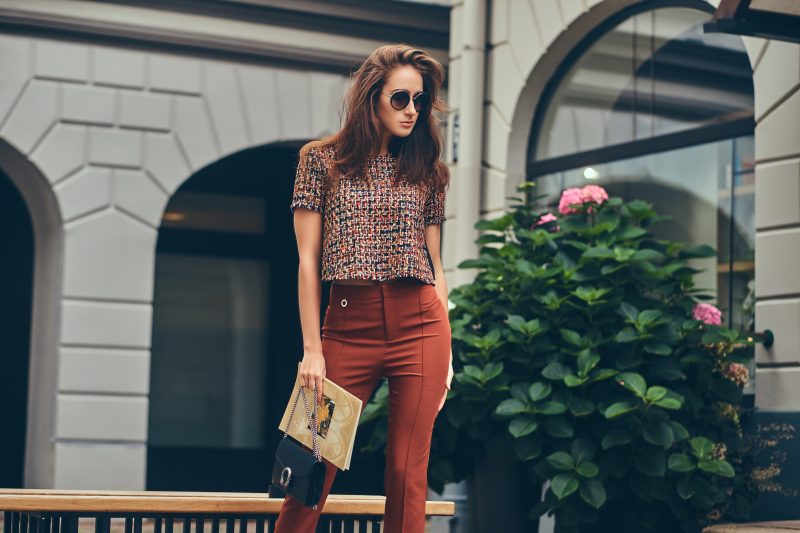
Last week, I was at a dinner with several other fashion editors, and conversation turned to Love Island (as it inevitably does after the second bottle of wine is opened). One editor from a very prestigious publication—who would absolutely die if I named her—admitted that she has a separate credit card she uses only for “Love Island emergencies” to hide the purchases from her partner. Another confessed she once called in a favor from a brand contact to have an item that had sold out shipped directly from their press office after seeing it on the show.
The most surprising confession came from a menswear editor who claimed he’d noticed an uptick in certain styles after they appeared on the male contestants—though he’d “rather die” than admit to his readers that Love Island was influencing his coverage. The fashion world contains multitudes, what can I say?
If you’re wondering whether the effect lasts beyond the show, the answer is both yes and no. Certain contestants—usually the ones who make it to the finals—parlay their villa fame into genuine fashion influence. I’m talking million-pound deals with fast fashion brands, their own collections, fashion week front rows. Others fade back into relative obscurity, their brief moment as style influences vanishing as quickly as that crochet cover-up from ASOS.
So as another season approaches and I inevitably find myself with a glass of wine, credit card in hand, watching impossibly attractive people lounge around a Spanish villa, I’m trying to be more mindful about the whole thing.
Maybe I’ll implement a 24-hour cooling-off period before purchasing (though we all know those items won’t last 24 minutes, let alone hours). Maybe I’ll set a “Love Island budget” (I won’t). Or maybe I’ll just accept that twice a year, I’m going to end up with a couple of questionable purchases that seemed like a brilliant idea at 10 PM on a Tuesday.
If you’re planning to participate in this peculiar British shopping tradition, my professional advice is this: have your laptop open, your payment details saved, your fastest typing fingers ready, and perhaps most importantly, a friend on standby who will text you “do you REALLY need that cut-out bodysuit though?” Because sometimes we all need someone to talk us down from the fashion ledge—especially when there’s a recoupling on the horizon and everyone in the villa is dressed to kill.
Just don’t come crying to me when that one-shoulder dress you’ve been eyeing disappears before the ad break. I told you so.
